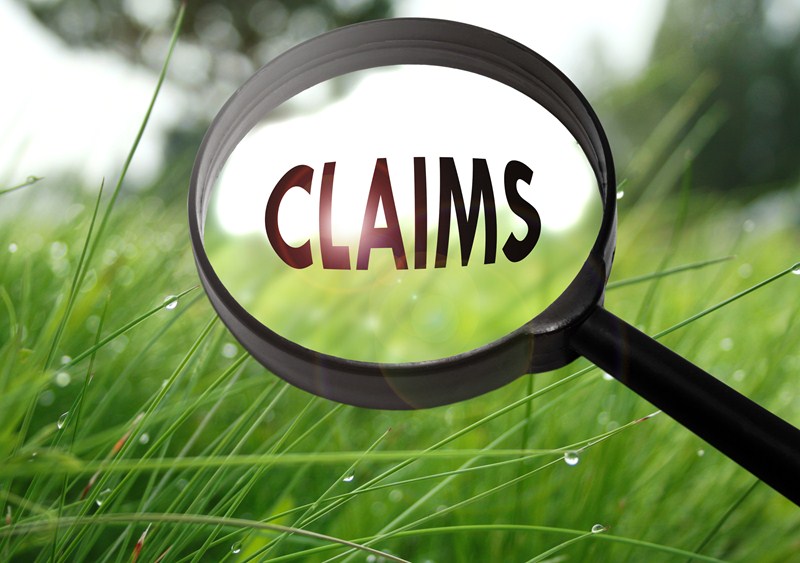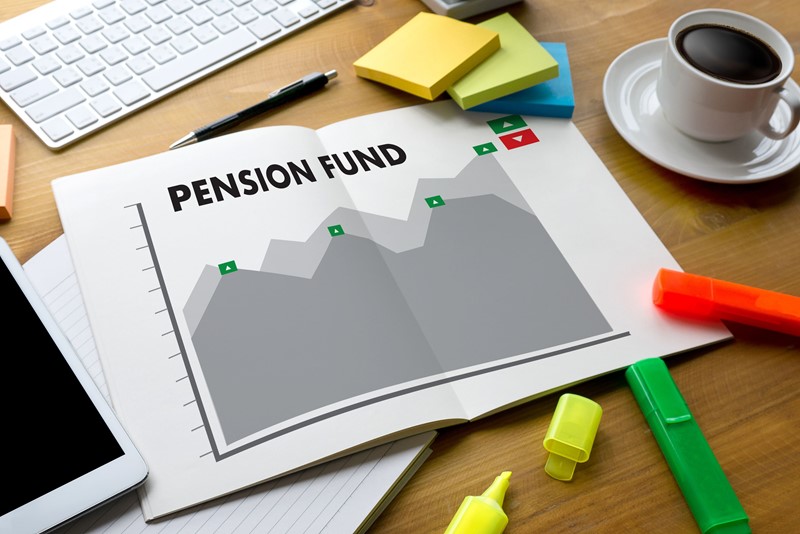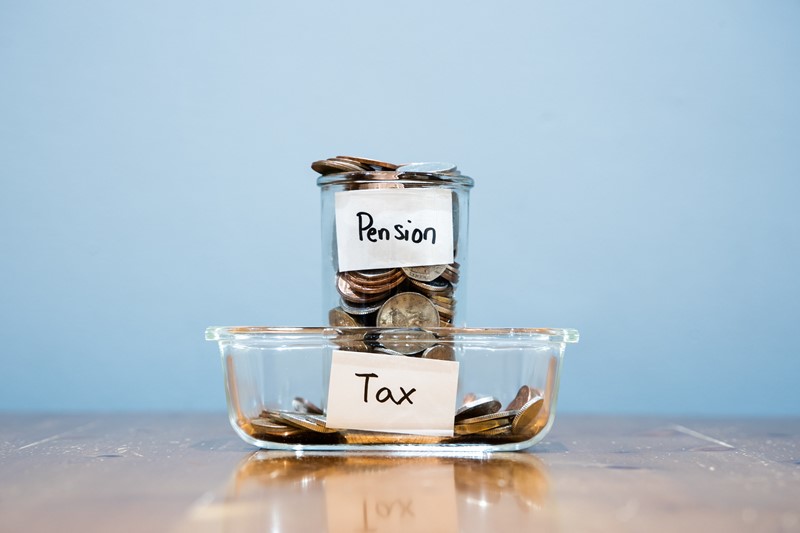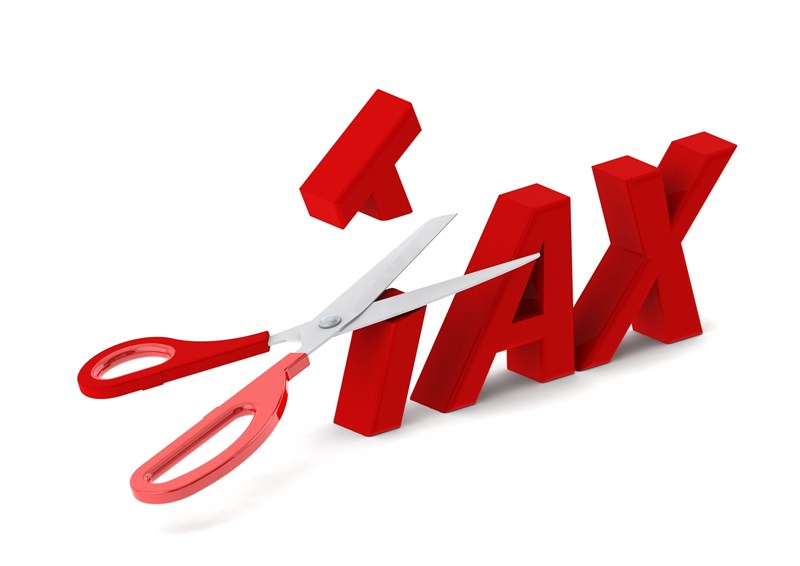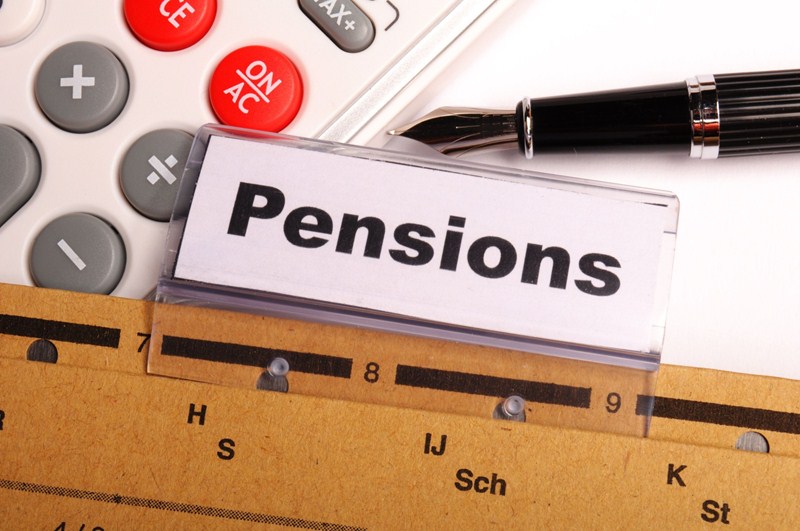The enhanced Check Your State Pension forecast service is now available online. The service can be found on GOV.UK at the following webpage https://www.gov.uk/check-state-pension.
The new digital service is a joint service by HM Revenue and Customs (HMRC) and the Department for Work and Pensions (DWP). It has been enhanced to include a fully end-to-end digital solution.
The service allows most people under State Pension age to view their pension forecast and identify any gaps in their National Insurance Contributions (NICs) record. This will be helpful for taxpayers looking to make voluntary NIC contributions to increase their entitlement to benefits, including the State or New State Pension.
Usually, HMRC allow you to pay voluntary contributions for the past 6 tax years. The deadline is 5 April each year. However, there is currently an opportunity for people to make up gaps in their NICs for the tax years from April 2006 to April 2017 as part of transitional measures to the new State Pension. The deadline has been extended a number of times and has been most recently extended until 5 April 2025.
The launch of HMRC’s online service will help speed up this process. HMRC’s helplines have been struggling to meet the demands for information and processing claims to pay additional NIC contributions.
HMRC has also confirmed that all relevant voluntary NIC payments will be accepted at the rates applicable in 2022-23 until 5 April 2025.
It is worthwhile checking your State Pension position on a regular basis, this will help to optimise your entitlement. You should also consider what other savings or pensions might be required for a long and comfortable retirement.


